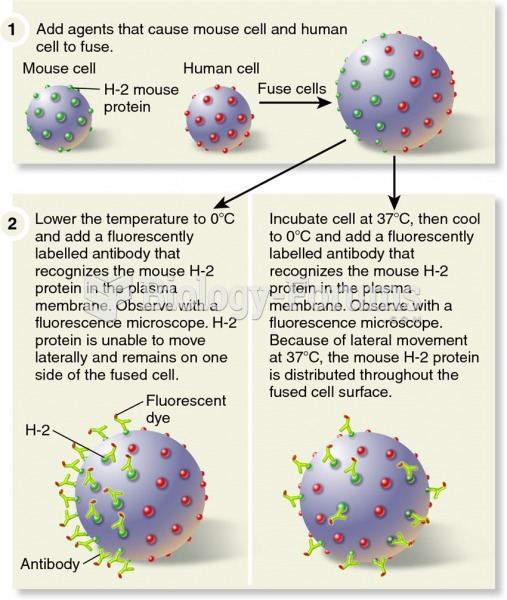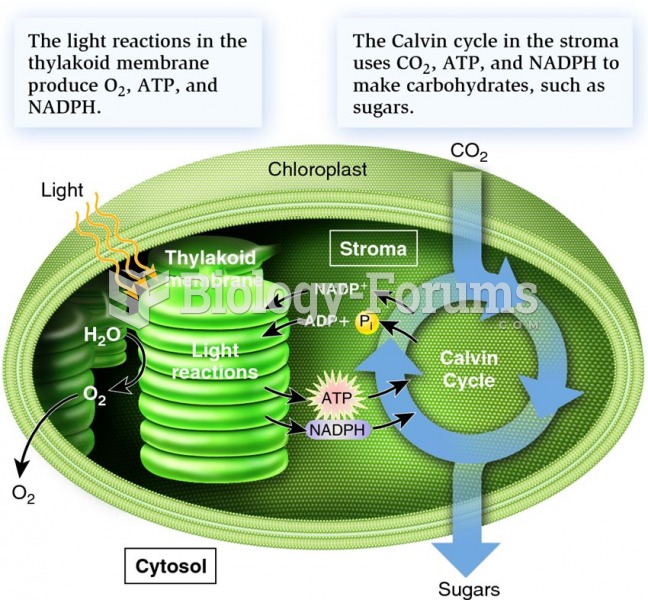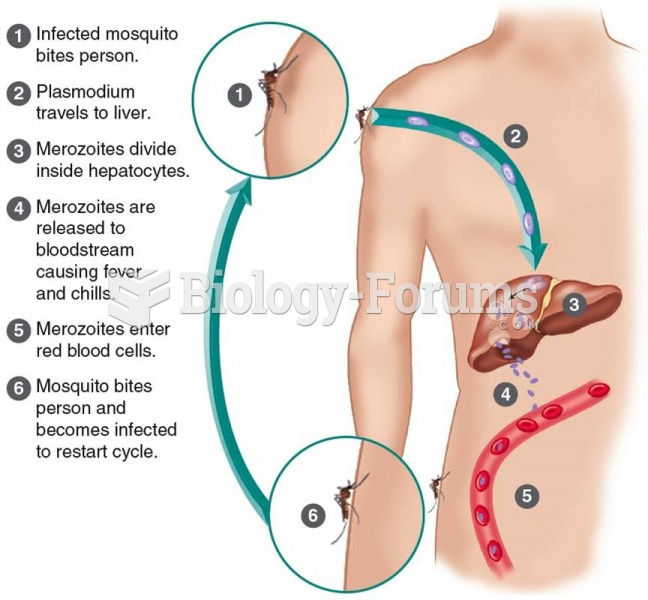Answer to Question 1Nitrogen is a critical component of proteins, chlorophyll, and nucleic acids. In seawater,
nitrogen accounts for 48 of the dissolved gas by volume. But most organisms cannot use
the free nitrogen in the atmosphere and ocean directly. It must first be bound with oxygen or
hydrogen, or fixed, into usable chemical forms by specialized organisms, usually bacteria or
cyanobacteria. Thus, oceanic regions are frequently nitrogen limited; the growth of plants and
plantlike organisms is often held back by a lack of available nitrogen. The forms of nitrogen
available for uptake by living things are ammonium (NH4+) and nitrate (NO3-), an ion
formed by the oxidation of ammonium and nitrite (NO2-). Nitrate runoff from soil is an
especially rich source of this nutrient, which explains why coastal water tends to support
greater plankton populations than oceanic water does. After being assimilated by small plants
and plantlike organisms, nitrogen is recycled as animals consume them and then excrete ammonium and urea. These reduced forms of nitrogen are then oxidized back into nitrate, via
nitrite, by nitrifying bacteria. In the deep ocean, most of the nitrogen is in the form of nitrate.
In anoxic sediments and certain low-oxygen regions of the ocean, denitrifying bacteria use
nitrate in respiration and convert nitrate back to nitrite and nitrogen gas, which is lost to the
atmosphere. The other major loss occurs when nitrogen-containing organisms and debris are
buried in ocean sediments.
Answer to Question 2In photosynthesis, energy from sunlight is used to bond six separate carbon atoms (derived
from carbon dioxide) into a single energy-rich six-carbon molecule of the sugar glucose. The
pigment chlorophyll absorbs and briefly stores the light energy needed to drive the reactions.
Water is broken down in the process, and oxygen is released. In contrast, chemosynthesis,
employed by some species of bacteria and archaea, is the biological conversion of simple
carbon molecules (usually carbon dioxide or methane) into carbohydrate, using the oxidation
of inorganic molecules (such as hydrogen gas or hydrogen sulfide or methane) as a source of
energy. No sunlight is required.







